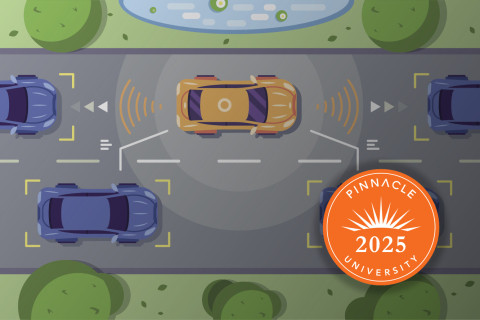From the Pinnacle Blog

Illinois and Wisconsin Prepare Legislation for Future Fully Autonomous Vehicles
Explore how states are creating laws as they prepare for autonomous vehicles.
Read Now
5 minutes

Making Sense of SHAP: Understanding Global Explanations with a Simple Insurance Example
Better understand global SHAP analysis and how it can impact actuarial work.
Read Now
5 minutes

Ten Questions to Ask Your Actuary
Read the top 10 questions to ask your actuary to help you make better business decisions.
Read Now
4 minutes

Challenging Gender Norms in Work and Life
Read how Megan Baker challenges social norms as a working mother.
Read Now
3 minutes

Building Confidence and Breaking Barriers
Read Nicole McArdle's advice for fostering confidence as a woman in actuarial consulting.
Read Now
2 minutes

A Journey in Leadership
Read Laura Maxwell's experiences as a women in leadership in honor of Women's History Month.
Read Now
2 minutes

BIFSG for Race Imputation in Colorado: Does it Pass the Test?
Understand the new Colorado regulation as Radost Wenman assesses how BI(F)SG can be used.
Read Now
5 minutes

World Central Kitchen: Fighting Hunger in Post-Helene Asheville, One Plate at a Time
Learn more about the World Central Kitchen and their aid in Asheville, North Carolina.
Read Now
3 minutes

Black Swans and Actuaries
Read more about the major events that impact the industry.
Read Now
5 minutes



